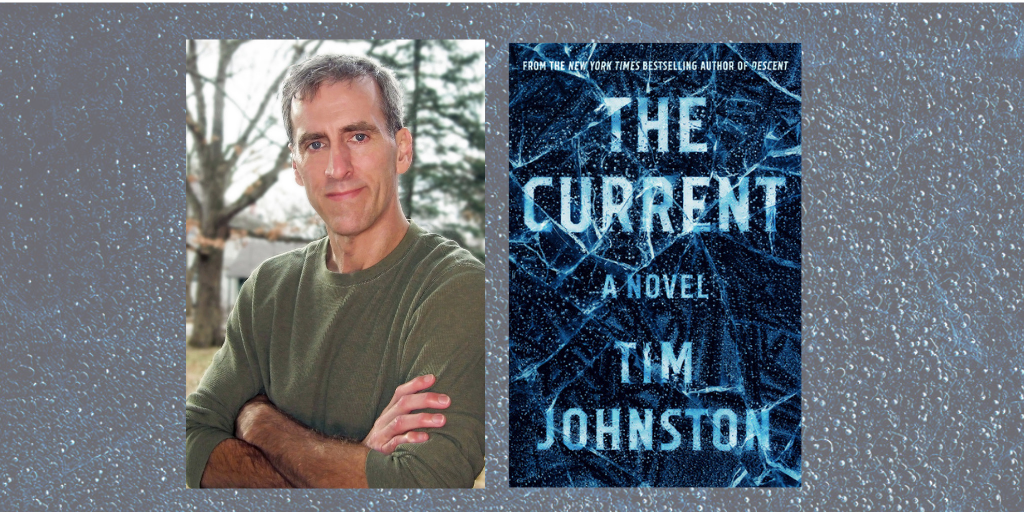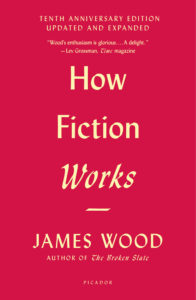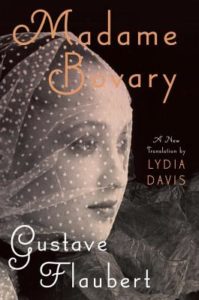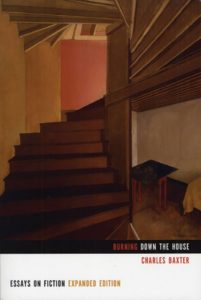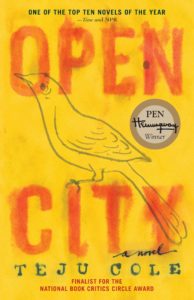Four Books and One Documentary that Helped Shape the Style of THE CURRENT
In an essay for Literary Hub, Tim Johnston — the bestselling author of the brand new novel, The Current — wrote about welcoming changes in writing style between books: “Sometimes it’s the deliberate, conscious change in technique, in style, from one book to the next—or even one story to the next—that is the true catalyst of development, and the beginning of becoming a different kind of writer.” So what did Tim read that helped shape The Current? We asked, and he indulged.
• • •
How Fiction Works by James Wood (nonfiction): “I love getting a look under the hood of fiction, and Wood explores the literary belts and pulleys and wiring of some great works. His discussion on point of view and ‘free indirect style,’ mainly in the context of Joyce’s ‘The Dead,’ had a direct influence on a stylistic shift from my last novel, Descent, to The Current (which I’ve discussed at greater length in the LitHub essay).”
Madame Bovary by Gustave Flaubert (fiction): “Most literary expert-types point to Bovary as the first modern novel — the pivot point between the old style of judgmental narrators (the writer’s opinions intruding) and Flaubert’s ‘invisible’ writer/narrator. It’s hard to read the book as revolutionary now that we’ve so thoroughly adopted its innovations, but what struck me as amazing was how the novel begins with a plural first-person “we” narrator, who then promptly disappears, never to return again. This weird trick inspired the tone and perspective of the opening two paragraphs of The Current.”
Burning Down the House by Charles Baxter(nonfiction): “Less nitty-gritty than James Wood, Baxter’s essays are beautiful and brainy investigations into matters of reading and writing that I otherwise never would’ve thought about. His essay on ‘stillness,’ in particular, with its focus on the single longest sentence in Huckleberry Finn helped me understand how stillness works as an essential element of suspense.”
Open City by Teju Cole (fiction): “There is almost no plot to speak of in this beautiful novel — a man mostly walks around New York City, thinking and observing — but there’s a psychological tension that becomes more pronounced and more affecting on subsequent readings. What seemed incidental or tangential on the first reading becomes, once you understand the design of the book, precisely and brilliantly connected. It reminded me to tune into the deeper currents of every moment in The Current.”

Making a Murderer (documentary): “I know this is not a book, but I watched it when I was maybe a third of the way into the writing of The Current, and it changed the trajectory of the story — mainly by convincing me that just anything was possible in the criminal justice system, even the worst possible things. Which is all I can say without getting into spoiler territory.”

